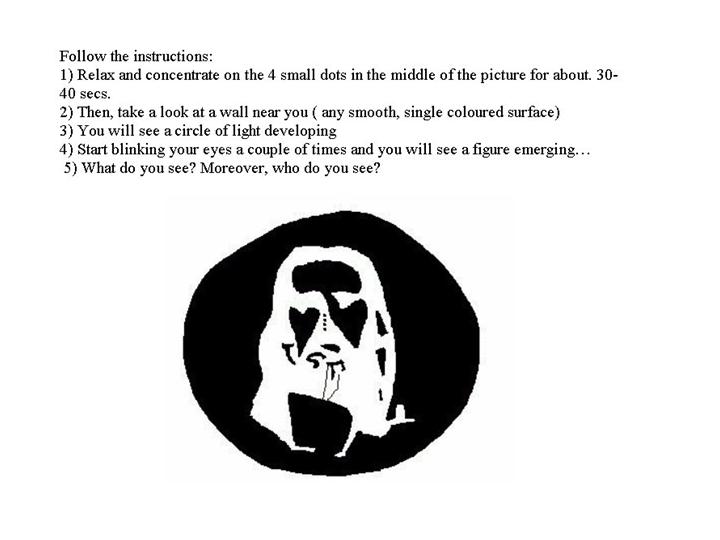Valuing Intuition and Taking Risks in the Incubation Stage
“It is through logic that we prove. It is by intuition that we discover.” — Henri Poincare
With an eye made quiet by the power of harmony and the deep power of joy, we see into the lives of things.
In these lines from “Tintern Abbey,” Wordsworth’s quiet eye reflects another quality that links intuition and mindfulness. Both are relatively effortless, reached by escaping the heavy, single-minded striving of most ordinary lives.
Bach also spoke of the effortless flow of musical ideas. Asked how he found his melodies, he said, “The problem is not finding them; it’s—when getting up in the morning and getting out of bed—not stepping on them.”
In an intuitive or mindful state, new information, like new melodies, is allowed into awareness. This new information can be full of surprises and does not always make sense. If we resist and evaluate it on rational grounds, we can silence a vital message. (Source: Mindfulness by Dr. Ellen Langer)
Follow the instructions on top of the picture. Start with 5 seconds of concentration on the dots and see if you can intuitively see them. If not, increase the concentration on the dots to 10 seconds. The less you need to concentrate on the dots is an indication that your peripheral vision or your intuition is stronger.
 |
|---|
